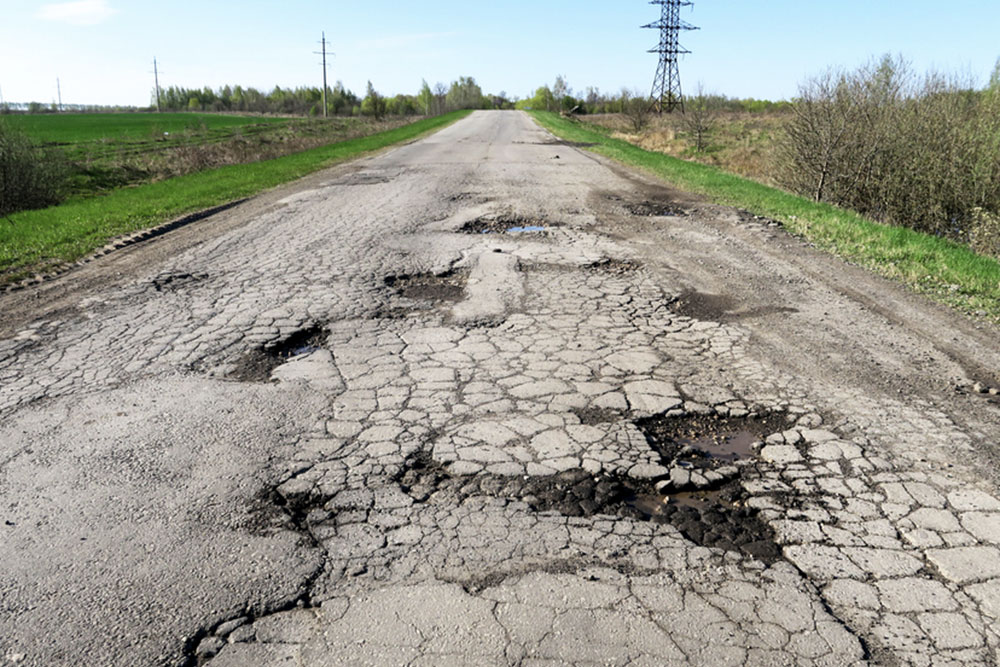Why Live Traffic Cameras Are Key to Safer, Smarter Roads
Live traffic cameras play a crucial role in modern transportation by offering real-time traffic monitoring, enhancing safety, and enabling data-driven infrastructure planning. Advancements in technology are set to make these systems smarter and more integrated, improving daily commutes and road safety across cities.

Understanding the Role of Live Traffic Cameras
In today's fast-paced world, ensuring smooth traffic flow and safety is essential. Live traffic cameras—strategically mounted devices capturing real-time road conditions—are vital tools for transportation management. These cameras enable the public, authorities, and law enforcement to monitor traffic, respond quickly to incidents, and enhance road safety.
Origins and Development
Introduced mid-20th century, initial traffic cameras provided basic black-and-white images without live streaming. As technology evolved, their clarity and functionality advanced, leading to today’s sophisticated systems integral to modern traffic management.
Advantages of Live Traffic Monitoring
Traffic Control: Real-time data helps authorities assess congestion, identify accidents swiftly, and suggest optimal routes to drivers.
Enhanced Safety and Enforcement: Cameras deter violations, assist in accident prevention, and support law enforcement in tracking illegal activities.
Data-Driven Planning: Continuous footage offers insights into traffic patterns, vehicle volumes, and driver behavior, informing infrastructure improvements.
Environmental Benefits: Improved flow reduces vehicle emissions and conserves fuel, contributing to eco-friendly transit.
Challenges of Live Traffic Cameras
Privacy Concerns: Continuous surveillance raises privacy issues, necessitating a balance between safety and individual rights.
Technical Constraints: Weather, maintenance needs, and technical glitches can impact camera effectiveness.
Data Management: Handling vast amounts of footage demands significant storage and analytical resources, risking information overload.
Future Perspectives
Advancements in technology promise smarter traffic systems. Integration with IoT devices, AI-driven predictive analytics, and enhanced mobile applications will make traffic management more proactive and user-friendly. Virtual reality may also revolutionize route planning, offering immersive previews of journeys.
Ultimately, live traffic cameras are cornerstone elements of efficient, safer transportation networks. Their ongoing evolution will steadily improve how we navigate urban spaces, benefiting communities, the environment, and daily commuters alike.










